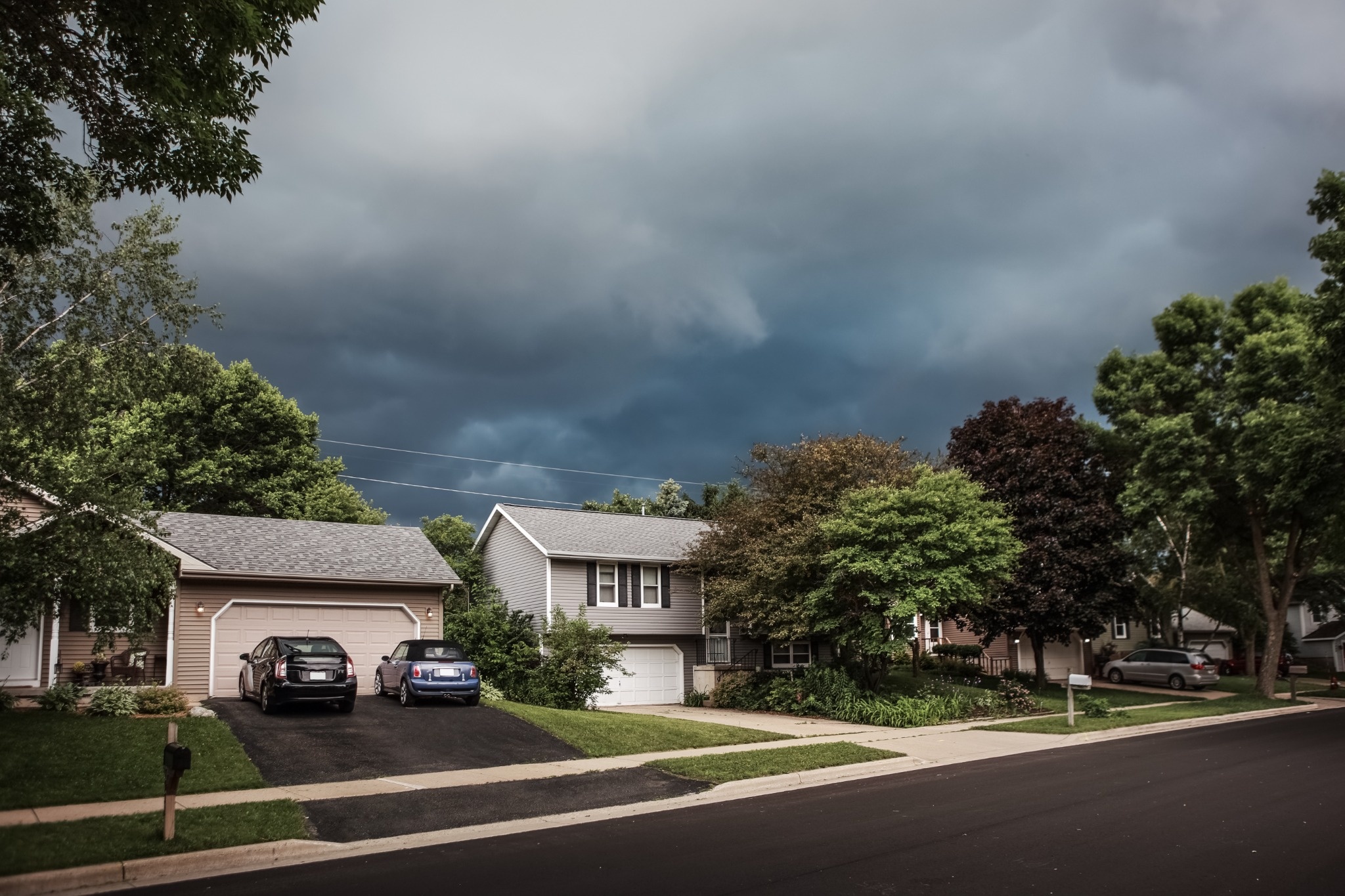Table of Contents
How to Save Money on Air Conditioning: Easy Tips to Lower Your Energy Bills
When the weather heats up, your air conditioner can be a real lifesaver—but it can also send your energy bill soaring if you’re not careful. The good news? With a few smart habits and small upgrades, you can stay cool without burning through your budget.
Check out these easy ways to keep your home comfortable and your wallet happy all summer long.

Set Your Thermostat Wisely
One of the easiest ways to save is by adjusting your thermostat settings.
- Raise the Temperature: Set your thermostat as high as comfortably possible. Even setting it just 5 degrees higher than you normally would can save a lot over the course of the summer.
- Use a Programmable Thermostat: Program it to run cooler when you’re home and warmer when you’re away. Smart thermostats can even learn your schedule and make adjustments automatically.
- Avoid Constant Changes: Cranking the AC way down when you get hot uses more energy than setting a consistent, slightly higher temperature.
Small tweaks to your thermostat can make a big difference without sacrificing comfort.
Keep Filters Clean
Dirty filters make your AC work harder than it needs to, using more electricity and reducing the system’s lifespan.
- Check Filters Monthly: Especially during heavy use months like July and August.
- Replace or Clean Filters Regularly: Some can be rinsed off, while others need to be replaced every 1–3 months.
- Upgrade if Possible: High-efficiency filters can improve air quality and boost your system’s performance.
A clean filter not only saves energy but keeps the air you breathe fresher too.
Block Out the Heat
The more heat you keep out, the less your AC has to cool down.
- Close Curtains and Blinds: Especially during the hottest parts of the day.
- Use Blackout Curtains: These can significantly reduce heat from sunlight.
- Seal Leaks: Check around doors and windows for drafts and seal any leaks with weather stripping or caulk.
Keeping the sun and hot air outside means your AC won’t have to work overtime.
Use Fans to Help
Ceiling fans and portable fans are a great way to help your air conditioner do its job more efficiently.
- Turn on Ceiling Fans: Fans move cool air around the room, helping you feel cooler at higher temperatures.
- Set Fan Direction Correctly: In summer, ceiling fans should spin counterclockwise to push cool air down.
- Use Exhaust Fans: Run kitchen and bathroom fans during and after cooking or showering to remove heat and humidity.
Fans use very little energy compared to air conditioners, making them a great sidekick for staying cool.
Limit Heat-Generating Activities
Some everyday activities add unnecessary heat to your home.
- Cook Smart: Use a microwave, air fryer, or grill outside instead of heating up the kitchen with your oven or stove.
- Do Laundry at Night: Wash and dry clothes during cooler evening hours to reduce indoor heat.
- Unplug Electronics: Devices like TVs, computers, and chargers give off heat even when they’re not in use.
By managing heat inside, you give your AC less work to do—and your energy bill will thank you.
Maintain Your System
A well-maintained air conditioner is an efficient one.
- Schedule Annual Checkups: A professional tune-up each year keeps your system running smoothly.
- Clear Outdoor Units: Make sure your outside condenser isn’t blocked by leaves, grass, or debris.
- Check Ductwork: If you have a central AC system, leaky ducts can waste a lot of cooled air. Sealing them could save you big over time.
Preventative care keeps your AC from working harder—and using more power—than it should.
Consider Upgrading if Needed
If your air conditioner is older than 10–15 years, it might be costing you more than it’s worth.
- Look for ENERGY STAR® Models: These units use much less energy than older models.
- Consider Window Units: If you only need to cool one or two rooms, a window unit might be cheaper to run than central air.
- Invest in a Mini-Split System: These are great for targeted cooling and energy savings if you’re looking for a more flexible option.
While upgrades have upfront costs, the long-term savings can be well worth it.
Final Insights
You don’t have to choose between staying cool and saving money this summer. With smart habits, small upgrades, and a little maintenance, you can enjoy a comfortable home without the hefty utility bill.
Consider trying a few of these simple strategies and keep more money in your pocket while you chill out.





